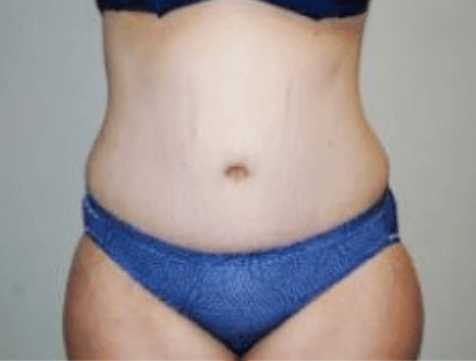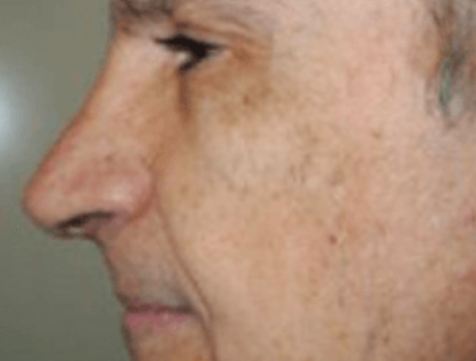If you’re considering breast augmentation, you’re likely faced with the decision of whether to opt for silicone or saline breast implants. Both types offer unique benefits and considerations, and understanding the differences between them is crucial for making an informed decision that aligns with your aesthetic goals and personal preferences.
Contents
Silicone Breast Implants
Silicone breast implants are filled with a cohesive silicone gel, which gives them a natural look and feel that closely resembles natural breast tissue. Here are some key aspects to consider:
- Composition: Silicone implants consist of a silicone outer shell filled with silicone gel. The gel is cohesive, meaning it holds together uniformly, giving the implant a natural shape and feel.
- Durability: Silicone implants are known for their durability and resistance to ruptures. The cohesive gel inside the implant tends to stay intact even if the outer shell is compromised, reducing the risk of silicone leakage into the surrounding tissues.
- Aesthetic Appeal: Many patients prefer silicone implants for their soft, natural look and feel. The gel closely mimics the density and texture of natural breast tissue, resulting in a more realistic augmentation outcome.
- Incision Size: Since silicone implants come pre-filled, they require a slightly larger incision for insertion compared to saline implants. This may result in a slightly longer recovery period and potentially more noticeable scarring, although advancements in surgical techniques have minimized these concerns.
Saline Breast Implants
Saline breast implants are filled with a sterile saltwater solution after insertion, allowing for adjustments in size and volume during the procedure. Here’s what you need to know about saline implants:
- Composition: Saline implants consist of a silicone outer shell filled with saline solution. Unlike silicone implants, saline implants are filled after insertion into the breast pocket, which allows for adjustments in size and volume during the surgery.
- Rupture Detection: In the event of a rupture, saline implants deflate visibly, making it easier to detect and address compared to silicone implants. The saline solution is harmlessly absorbed by the body, minimizing health risks associated with implant rupture.
- Firmness: Saline implants tend to feel firmer to the touch compared to silicone implants. Some patients prefer this firmer feel, especially those seeking a more pronounced augmentation effect.
- Incision Size: Since saline implants are filled after insertion, they typically require a smaller incision, resulting in potentially less noticeable scarring. This may be advantageous for patients concerned about visible scarring post-surgery.
Choosing the Right Option for You
As you weigh the pros and cons of silicone and saline breast implants, it’s essential to consider factors such as your desired aesthetic outcome, lifestyle, and individual preferences. Here are some key questions to ask yourself:
- What type of look and feel am I aiming for?
- Am I concerned about the possibility of implant rupture?
- Do I have any preferences regarding incision size and scarring?
- Would I prefer the option for size adjustments during the procedure?
- How important is long-term durability and maintenance to me?
By addressing these questions and discussing your concerns with a qualified plastic surgeon, you can make a confident decision that aligns with your goals and priorities.
Consult with Dr. Amy Bandy Today!
Ready to take the next step toward achieving your desired breast augmentation results? Dr. Amy Bandy, a trusted female plastic surgeon in Newport Beach, CA, specializes in personalized, compassionate care tailored to each patient’s unique needs. Schedule your consultation today by calling 949-868-8839 and enhance your confidence and beauty.
FAQs
How do I know which breast implant type is right for me?
Your plastic surgeon will assess factors such as your body type, aesthetic goals, and medical history to recommend the most suitable option for you.
Are silicone breast implants safe?
Yes, silicone breast implants approved by the FDA are considered safe and undergo rigorous testing for durability and biocompatibility.
What is the recovery process like for breast augmentation surgery?
Recovery times vary depending on individual factors and the extent of the procedure but typically involve temporary discomfort, swelling, and restricted physical activities.
Can breast implants affect breastfeeding?
While breast implants can potentially interfere with breastfeeding, many women successfully breastfeed after augmentation surgery. Discuss your concerns with your surgeon for personalized advice.
How long do breast implants last?
Both silicone and saline breast implants are designed to be long-lasting, but they may need to be replaced or removed due to complications or changes in aesthetic preferences over time. Regular follow-ups with your surgeon are crucial for monitoring implant integrity and overall breast health.













